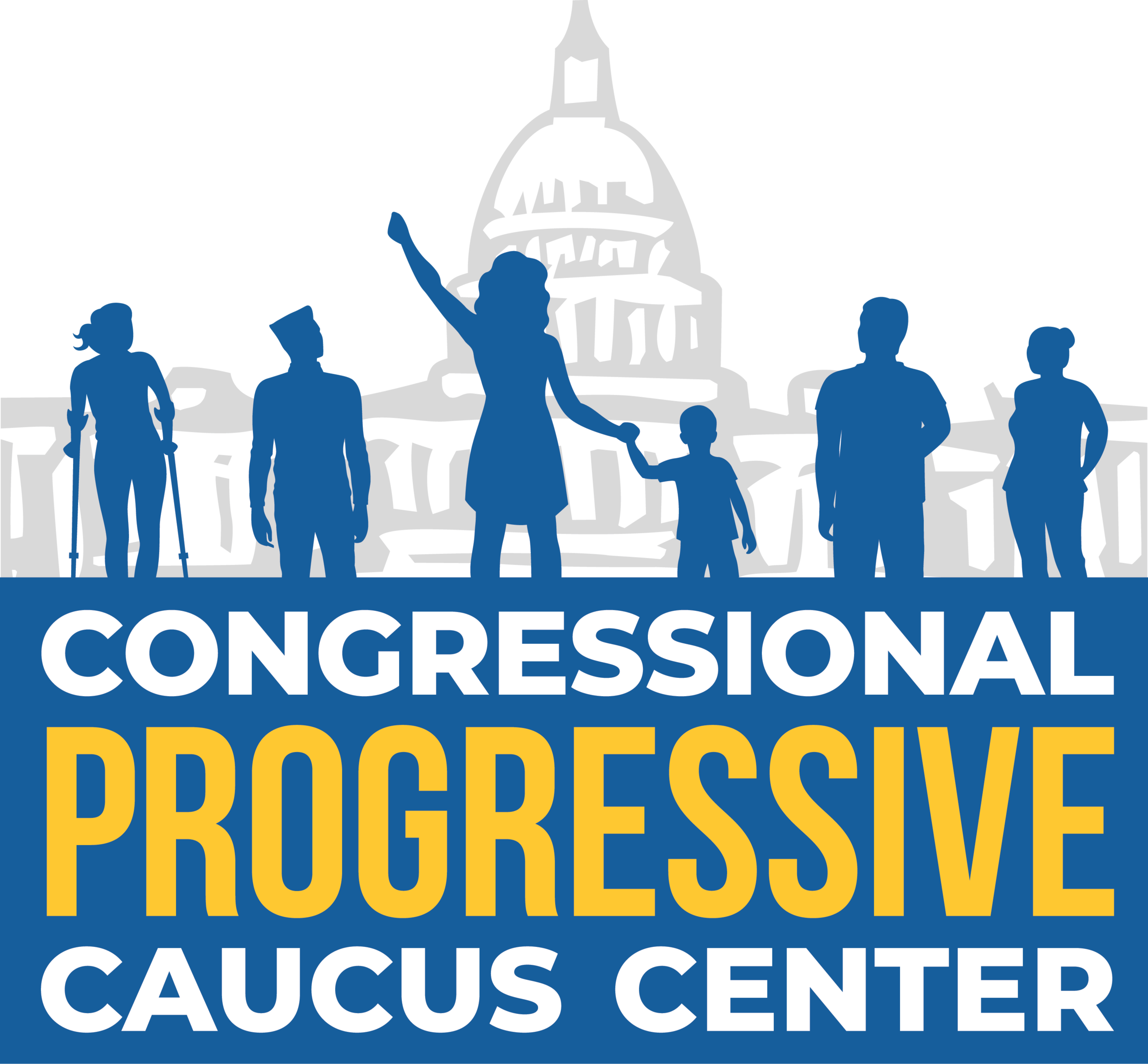January 31, 2025: Figuring Out Funding “Freezes” and Forecasting What’s Next
It’s been a week of massive confusion and well-founded alarm for Congress-watchers, coupled with a devastating tragedy here in D.C. Below, I hope to help make sense of where things stand and what to look out for next—and, ideally, make a hard week a little easier to digest.
For the many new subscribers to Unrig the Rules: welcome! I publish this newsletter on an ad hoc basis to share concise updates on what’s happening on Capitol Hill, key timelines and processes, and potential outcomes. You can subscribe to future updates here. Additionally, if you’d like a live update for your group or coalition, feel free to email me!
Where do things stand today?
On Monday, a White House memo cut off federal funding for health care, preschool, meals for seniors, and much more before a court blocked the freeze temporarily and the White House withdrew its memo. This followed several executive orders (EOs) last week that held up clean energy and infrastructure funding, foreign assistance, and support for “diversity” efforts. These EOs remain in effect.
ICYMI, our updates breaking down those events are below:
January 22, 2025: Unpacking Impoundment: What We Know & What We Don’t
January 29, 2025: What to Watch Next as Federal Program Freeze Heads to Court
The Washington Post has a helpful rundown of which restrictions on federal programs remain in effect and which do not. In a nutshell: programs implicated by last week’s EOs remain in limbo, uncertainty around the EOs’ limitations continues to cause disruptions, and the administration continues to roll out new, vague directives. For example:
Ambiguity around what constitutes “lifesaving” foreign aid has left humanitarian workers unsure which drugs they can administer without violating an EO, prompting fears that decades of progress to fight HIV/AIDS will be reversed.
The government cut off payments for states, municipalities, and nonprofit organizations with contracts for solar projects, jeopardizing their completion.
Colleges are canceling events that could be construed as promoting diversity.
New orders hint at cuts for unclear reasons, like a Transportation Department directive favoring communities with above-average marriage and birth rates in funding decisions.
Where do we go from here?
Impoundment—that is, presidential action that blocks or delays funding that Congress, by law, has directed the president to spend—is at the core of this chaos. Courts have repeatedly held that the president does not have the authority to impound Congressionally-approved funds, as did numerous legal experts this week, while also suggesting that this dispute may reach the Supreme Court.
I will not speculate as to how legal battles over impoundment might play out. However, the courts aren’t the only branch of government with a stake in this fight.
The government runs out of funding on March 14. Congress must pass and the President must sign a new funding bill to keep the government open past that date. While they could approve another short-term patch (also known as a continuing resolution or CR), they cannot kick the can indefinitely: the Fiscal Responsibility Act imposes new spending caps if a CR remains in place past April 30. Here’s a refresher on that April 30 deadline and its implications.
So, on top of a tight negotiation timeline to avoid across-the-board cuts, Congress must now grapple with how its funding laws will—or won’t—be carried out by the Trump Administration.
Senator Patty Murray (D-WA), the top Democrat on the Senate Appropriations Committee, underscored this point: “It is extremely difficult to agree to a compromise on anything if the White House is going to assert that they control the funds [and] we don’t.” While Congressional Republicans shrugged off such concerns, experts emphasized that the core separation of powers outlined in the Constitution hangs in the balance.
How these stakes will impact funding talks moving forward remains to be seen—but tomorrow is February, so the clock is ticking.
As always, I welcome your feedback. Thanks, all!

